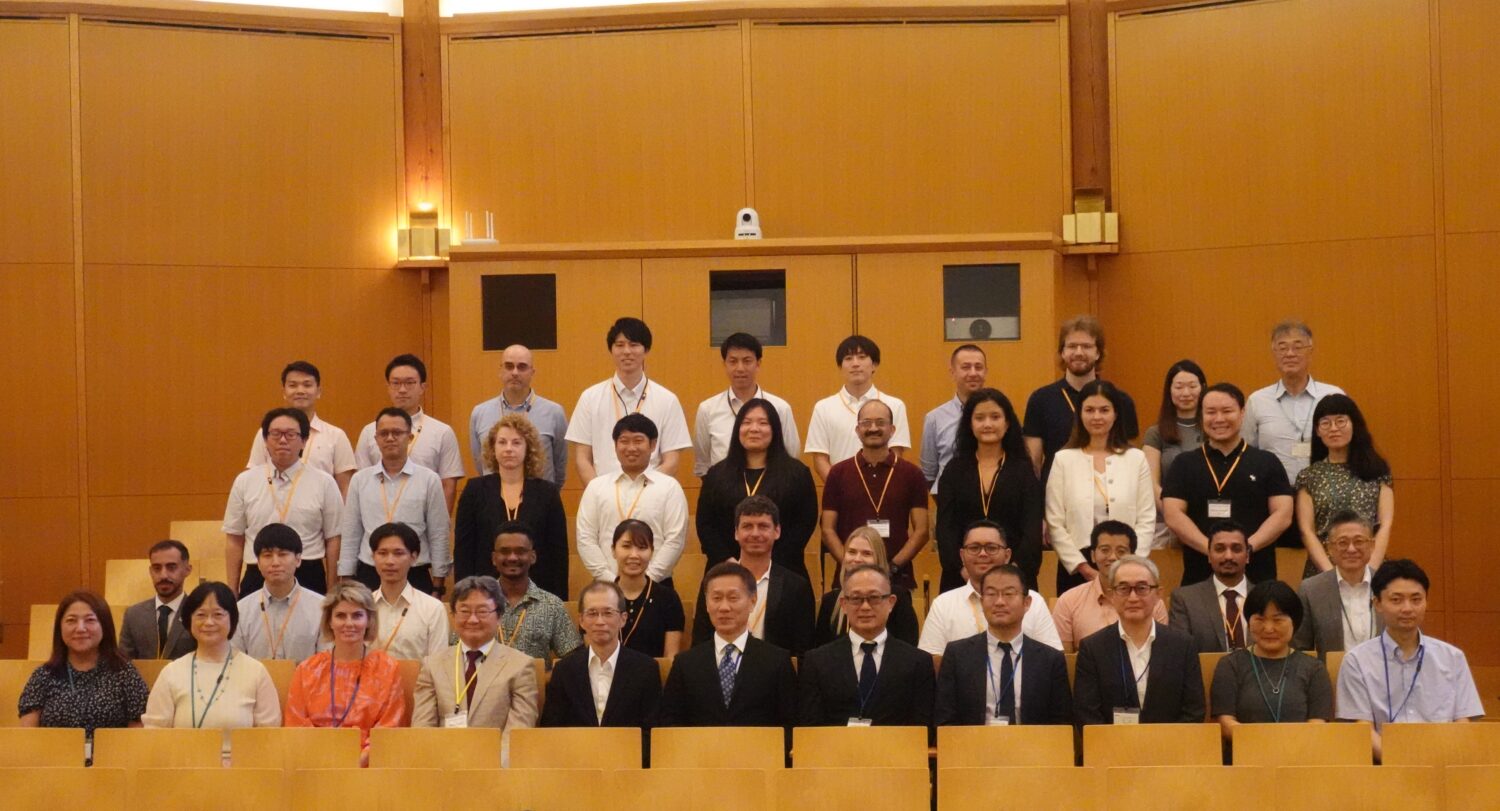Final energy consumption stood at 1.0% less than in the previous year, representing the third year in a row of decreases. That figure was 4.9% below the level of 2010, the year prior to the gigantic earthquake of March 2011.
The total domestic supply of primary energy in Japan grew a slight 0.8% year on year. Broken down by energy source, coal’s share expanded 8.5%, with hydropower’s also growing, up 3.6%. Meanwhile, oil saw its share fall slightly, while that of natural gas was almost unchanged. The biggest change was nuclear, whose share plummeted 41.6% from the year before.
Compared with FY10, the total domestic supply of primary energy shrank by 5.2%. A breakdown of energy sources, incidentally, shows that nuclear energy hit virtual bottom in FY13, plunging 96.8% in three years, with all domestic nuclear power plants having been shut down since September 2013.
In contrast, the share of fossil fuels expanded owing to the increased use of thermal power plants. Natural gas climbed 19.8% from FY10 to FY13, with coal increasing 5.9%, and oil up 1.8%. Consequently, energy-derived CO2 emissions increased by 1.1% from FY13, or 8.4% above the FY10 level and 1.3% above the FY05 level.
Ministry of the Environment released revised figures for greenhouse gas emissions in FY13. Overall, there were 1.408 billion tons of CO2 emissions, up 1.2% year on year, partly due to coal consumption for thermal power generation.
After the preliminary figures for the FY13 energy supply and demand — originally released in December 2014 — were reviewed against various statistical data, the revised figures turned out to be slightly less than the 1.412 billion tons of CO2 emissions in FY07, the year of the highest emissions since FY05.










